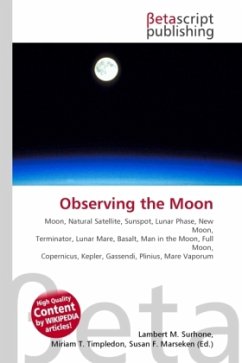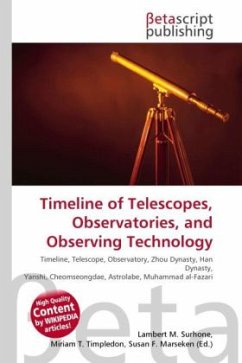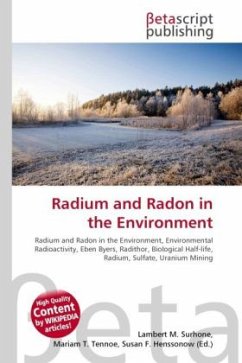
Observing the Moon
Versandkostenfrei!
Versandfertig in 6-10 Tagen
26,99 €
inkl. MwSt.

PAYBACK Punkte
13 °P sammeln!
High Quality Content by WIKIPEDIA articles! The Moon is Earth's largest natural satellite and the nearest major celestial object. Observing the Moon can be accomplished by using a variety of instruments ranging from the naked eye to large telescopes. For most people, the Moon is the only celestial object upon which surface features can be discerned with the naked eye (some people with good eyesight can see large sunspots on the surface of the Sun using handheld solar filters). Contrary to popular belief, the Moon should ideally not be viewed at its full phase. During a full moon, rays of sunli...
High Quality Content by WIKIPEDIA articles! The Moon is Earth's largest natural satellite and the nearest major celestial object. Observing the Moon can be accomplished by using a variety of instruments ranging from the naked eye to large telescopes. For most people, the Moon is the only celestial object upon which surface features can be discerned with the naked eye (some people with good eyesight can see large sunspots on the surface of the Sun using handheld solar filters). Contrary to popular belief, the Moon should ideally not be viewed at its full phase. During a full moon, rays of sunlight are hitting the visible portion of the moon perpendicular to the surface. As a result there is much less surface detail visible during a full moon than during other phases (such as the quarter and crescent phases) when sunlight hits the Moon at a much shallower angle.












